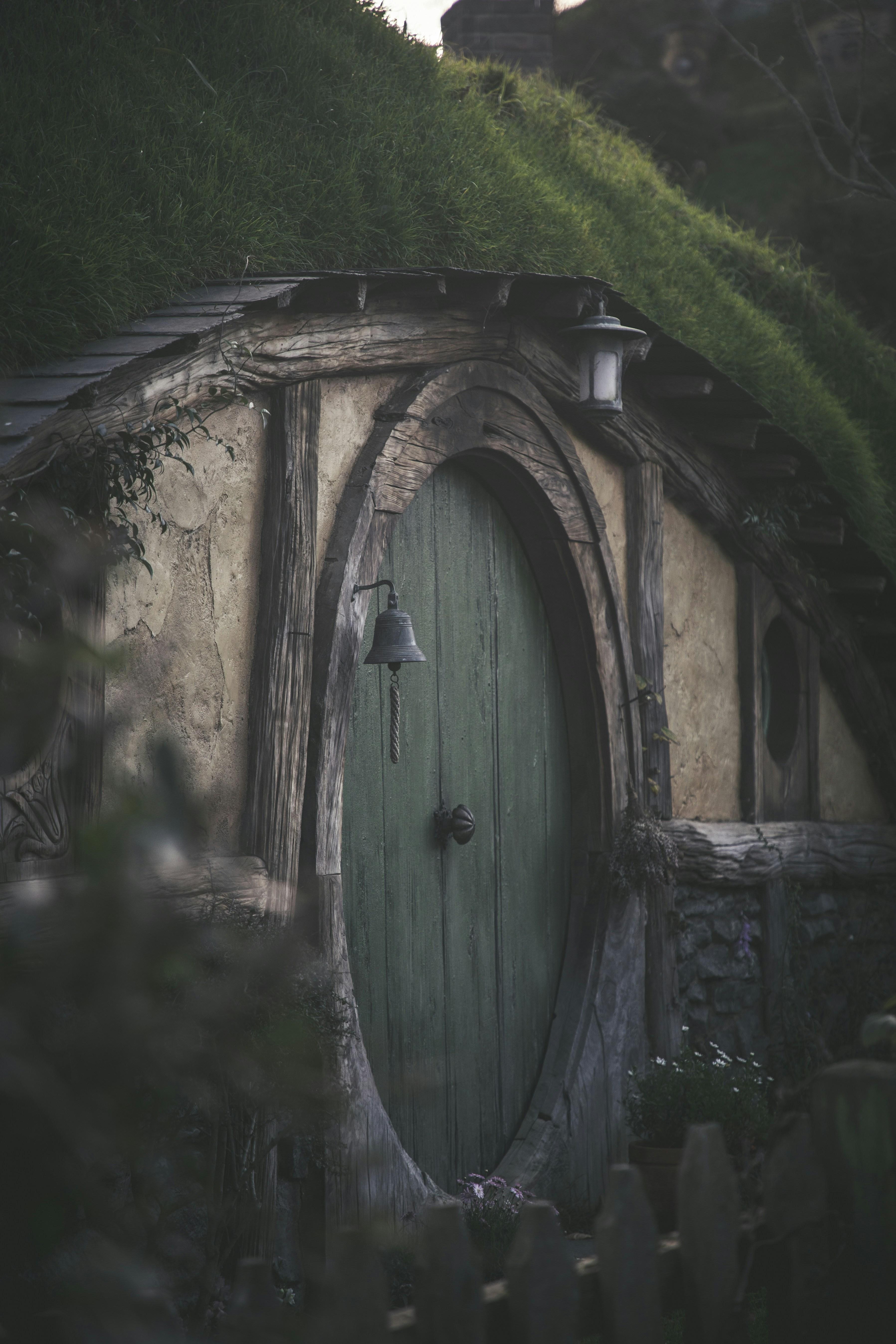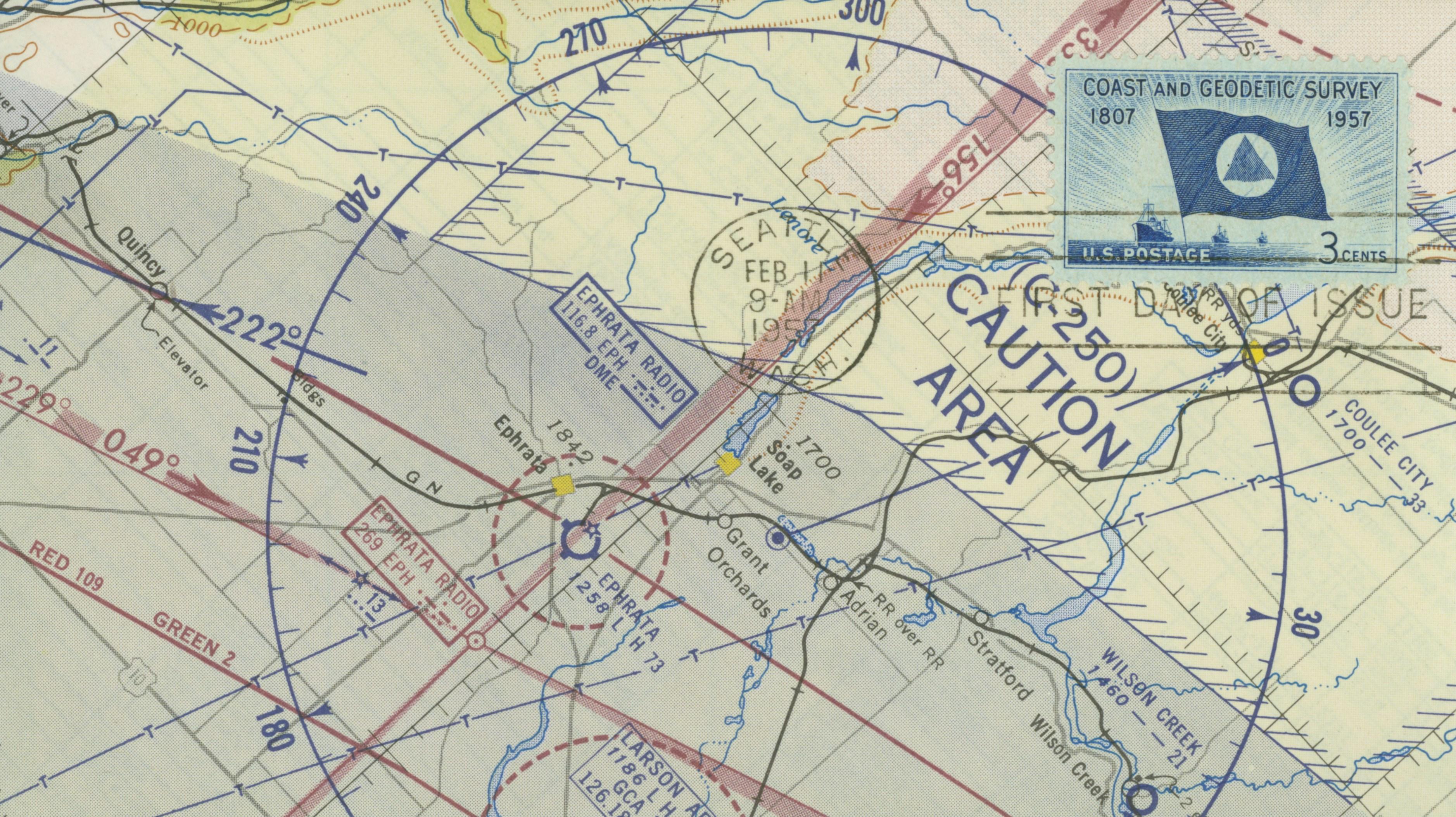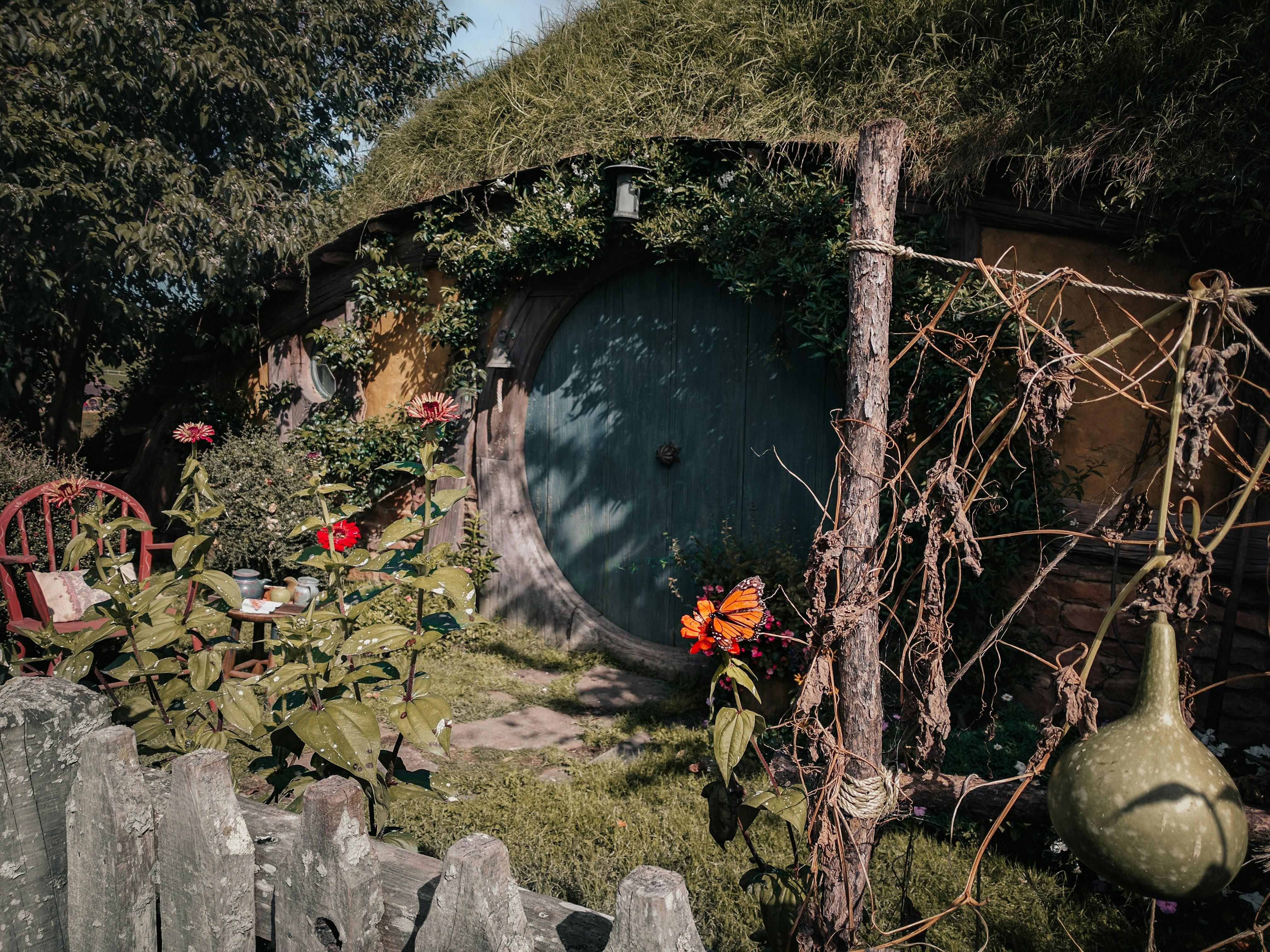In the ever-evolving landscape of fantasy literature, few works have maintained their prominence as steadfastly as J.R.R. Tolkien‘s The Hobbit. Published in 1937, this seminal novel has captivated generations of readers with its enchanting world of Middle-earth, rich lore, and timeless themes of adventure and courage. However, as the genre continues to expand and diversify, with new authors and innovative narratives emerging, questions arise about the continued relevance of The Hobbit to today’s fantasy enthusiasts. This article seeks to explore the enduring influence of Tolkien’s work, examining its impact on modern fantasy literature and its resonance with contemporary audiences. By analyzing both the novel’s contributions to the genre and the evolving tastes of readers, we aim to determine whether The Hobbit still holds a meaningful place in the hearts of today’s fantasy fans.
Exploring Timeless Themes and Their Resonance with Contemporary Audiences
J.R.R. Tolkien’s The Hobbit is often celebrated for its timeless appeal, a work that continues to captivate readers with its enchanting narrative and rich world-building. One of the primary reasons for its enduring relevance lies in its exploration of universal themes that resonate deeply with contemporary audiences. Courage and personal growth are at the heart of Bilbo Baggins’ journey, embodying the classic hero’s quest that remains a cornerstone of modern fantasy. In an era where personal transformation and self-discovery are more relevant than ever, Bilbo’s evolution from a reluctant participant to a resourceful hero mirrors the challenges and aspirations faced by many today.
Moreover, the interplay between good and evil within the story’s moral landscape continues to strike a chord with readers. This duality, presented through the conflict between the seemingly ordinary and the extraordinary, mirrors the complexities of modern life, where individuals often grapple with ethical dilemmas and the pursuit of purpose. Key elements that contribute to its continued relevance include:
- Adventure and Exploration: The allure of the unknown and the thrill of discovery remain compelling, particularly in an age where exploration often takes place in digital realms.
- Friendship and Loyalty: The bonds formed between characters highlight the importance of community and support, themes that resonate in our increasingly interconnected world.
- Environmental Awareness: The depiction of Middle-earth’s landscapes and creatures invites reflections on nature and stewardship, a pressing concern for modern society.

Analyzing Character Development and Its Influence on Modern Fantasy Narratives
The character development in J.R.R. Tolkien’s The Hobbit has been pivotal in shaping the archetypes and narrative structures prevalent in modern fantasy literature. At its core, Bilbo Baggins’ transformation from a timid hobbit to a courageous hero exemplifies the classic hero’s journey, a narrative arc that continues to resonate with contemporary audiences. This evolution is not merely a personal triumph but a commentary on the potential for growth within every individual, regardless of their origins. Such character evolution is a template for many modern fantasy protagonists, from reluctant heroes to anti-heroes, who undergo significant personal growth and moral dilemmas.
Moreover, Tolkien’s nuanced portrayal of secondary characters also plays a crucial role in influencing today’s fantasy narratives. Key elements include:
- The depiction of diverse races and cultures, contributing to the rich world-building in fantasy genres.
- Characters with moral ambiguity, such as Thorin Oakenshield, whose complex motivations challenge the notion of absolute good versus evil.
- The importance of camaraderie and alliance, emphasizing teamwork over individual prowess.
These elements have laid the groundwork for intricate character interactions and layered storytelling in modern fantasy, demonstrating the enduring relevance of The Hobbit in inspiring writers to explore deeper character complexities and relationships.
The Hobbits Impact on World-Building in Current Fantasy Literature
J.R.R. Tolkien’s “The Hobbit” has left an indelible mark on the landscape of fantasy literature, influencing world-building techniques that authors continue to draw from today. Its success lies not just in the enchanting narrative but in the intricate details of Middle-earth, a world meticulously crafted with its own languages, histories, and cultures. This attention to detail has set a benchmark for contemporary authors who seek to create immersive worlds. Some of the key elements that have shaped modern world-building include:
- Complex Geography: Tolkien’s detailed maps of Middle-earth inspire writers to craft their own intricate geographies, providing a spatial context that enhances narrative depth.
- Rich Lore and History: The rich backstory and lore of Tolkien’s universe encourage authors to develop layered histories for their fictional worlds, adding authenticity and depth.
- Cultural Diversity: The diverse races and cultures in “The Hobbit” have paved the way for varied character dynamics and societal structures in modern fantasy settings.
These elements have not only inspired individual authors but have also become staples of the fantasy genre, setting expectations for readers who seek expansive and detailed universes. The influence of “The Hobbit” remains evident in the way contemporary fantasy writers construct their worlds, ensuring its continued relevance in the genre.

Recommendations for New Readers and Long-Time Fans
For those venturing into the world of fantasy for the first time, The Hobbit offers a timeless introduction to the genre’s core themes: the hero’s journey, the battle between good and evil, and the discovery of courage. New readers might appreciate its accessible narrative and richly woven world-building that have influenced countless modern fantasy tales. Consider starting with:
- Exploring the juxtaposition of Bilbo Baggins’ humble beginnings with his later heroics, a motif prevalent in today’s fantasy narratives.
- Examining the portrayal of diverse races and cultures in Middle-earth, providing a foundation for understanding fantasy’s broadening scope.
Long-time fans might find value in revisiting The Hobbit through the lens of contemporary fantasy developments. This classic can be appreciated anew by:
- Analyzing how Tolkien’s themes resonate with current societal issues, offering insights into the human condition.
- Reflecting on how the archetypes established by Tolkien have evolved in modern works, influencing authors from George R.R. Martin to Patrick Rothfuss.
Whether you’re a newcomer or a seasoned aficionado, The Hobbit continues to be a cornerstone of fantasy literature, offering layers of enjoyment and discovery with each read.
